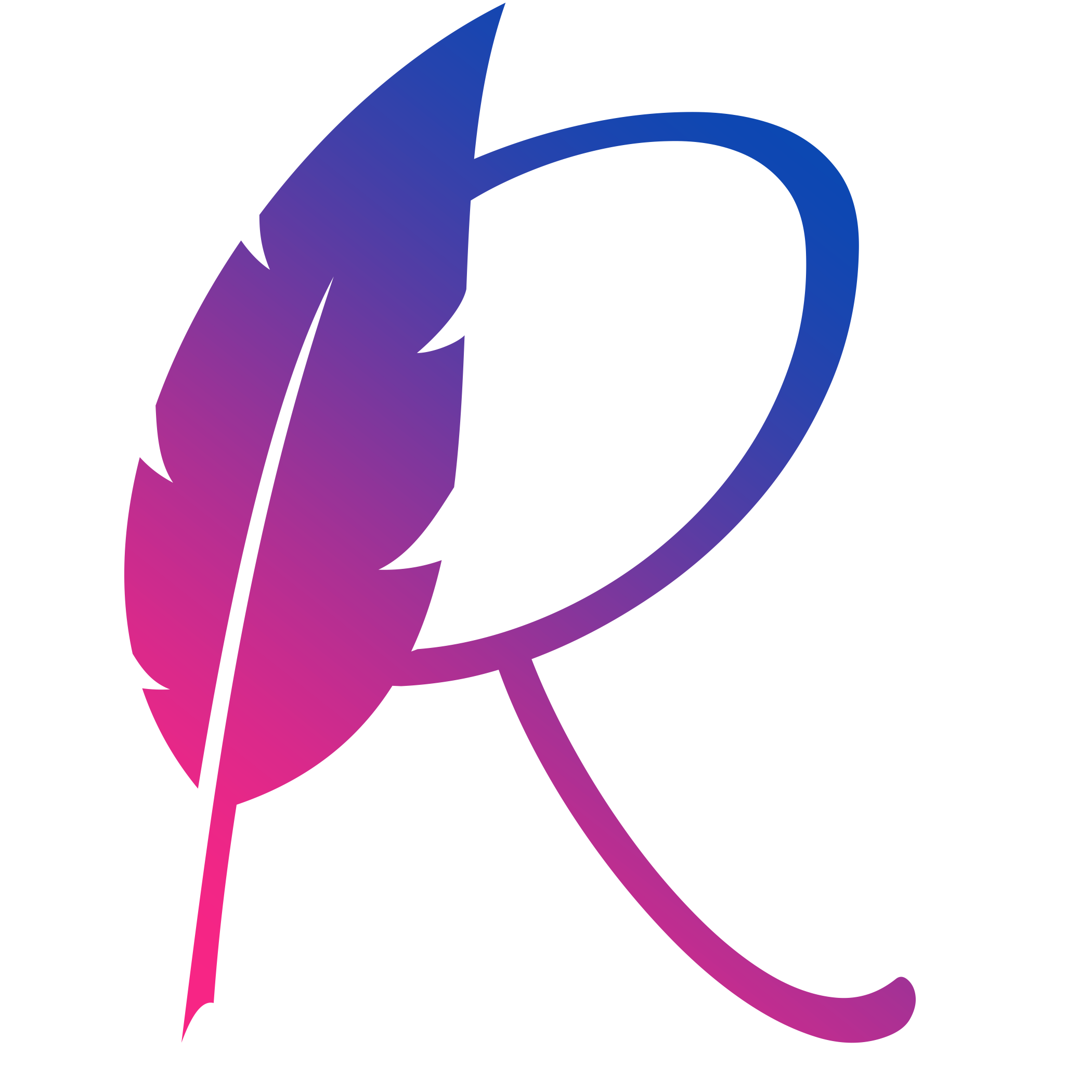Unlocking Success: The Top 10 Benefits of Process Mapping for Your Organization
Process mapping your organization can lead to significant returns on investment when done properly. By visually representing your processes, you can identify inefficiencies, streamline workflows, and drive continuous improvement. Here are the top ten benefits of process mapping:
Step 1: Identify the Process to be Mapped
Before you begin process mapping, you need to clearly define the process you want to map. This could be a specific business process, product development process, or any other workflow within your organization.
Step 2: Identify the start and end of the Process
Clearly define the starting point and endpoint of the process to establish the boundaries of your map.
Step 3: Map out the current process and number the steps
Once you have identified the process, map out the current steps involved. Numbering the steps can help you track the flow of work.
Step 4: Identify any wastes for each step
Identify any inefficiencies, bottlenecks, or unnecessary steps in the process that can be eliminated to improve efficiency.
Step 5: Identify an improvement for each step
Propose solutions or changes to optimize each step of the process for better outcomes.
Step 6: Review improvements as a basis for your CI plan
Review the proposed improvements and prioritize them based on their impact on the overall process.
Step 7: Create a ‘future state map’
Visualize the improved process flow to create a future state map that outlines the optimized workflow.
Step 8: Implement the improvements
Finally, implement the identified improvements to streamline the process and drive continuous improvement in your organization.
By following these steps, you can harness the power of process mapping to enhance your organizational efficiency, reduce costs, and improve overall performance. The benefits of process mapping go beyond just operational improvements and can lead to a transformative change in your business.
Frequently Asked Questions:
What tools can I use for process mapping?
There are various software tools available for process mapping, such as Microsoft Visio, Lucidchart, and requstory.com, which offers a user-friendly interface and intuitive features for mapping out your processes.
How often should I update my process maps?
It is recommended to review and update your process maps regularly, especially when implementing new changes or improvements to your workflows. This ensures that your process maps accurately reflect the current state of operations.
Can process mapping help with compliance and regulatory requirements?
Yes, process mapping can be a valuable tool for ensuring compliance with regulatory standards and requirements. By documenting your processes, you can easily demonstrate adherence to guidelines and regulations.
Whether you are new to process mapping or looking to enhance your existing practices, requstory.com offers a comprehensive solution for visualizing and optimizing your processes. With its user-friendly interface and collaborative features, requstory.com can help you streamline your workflows and drive continuous improvement in your organization.
Remember, the key to success lies in continuous improvement. Start process mapping today and unlock the potential for growth and efficiency in your organization.

